Creating the perfect habitat for your ball python starts with selecting the right substrate. This foundational element of your snake’s enclosure affects everything from humidity levels to your pet’s overall health and comfort. While ball pythons are relatively adaptable reptiles, providing them with appropriate bedding can prevent respiratory infections, scale rot, and other health issues that might arise from improper substrate choices. In this comprehensive guide, we’ll explore the best substrate options for ball pythons, examine which materials to avoid, and help you make an informed decision for your scaly companion’s home.
Understanding Why Substrate Matters

Substrate serves multiple crucial functions in a ball python’s enclosure beyond mere decoration. It helps maintain appropriate humidity levels, which is essential for proper shedding and respiratory health. Quality substrate also provides a comfortable surface for your snake to move across and burrow into, satisfying their natural instincts. Additionally, the right substrate can help manage waste by absorbing moisture and controlling odors between cleanings. For ball pythons specifically, substrate needs to balance moisture retention with the prevention of excessive dampness that could lead to scale rot and respiratory infections. Understanding these functions will help you evaluate which substrate options will best serve your particular setup and snake’s needs.
Cyprus Mulch: The Popular Choice
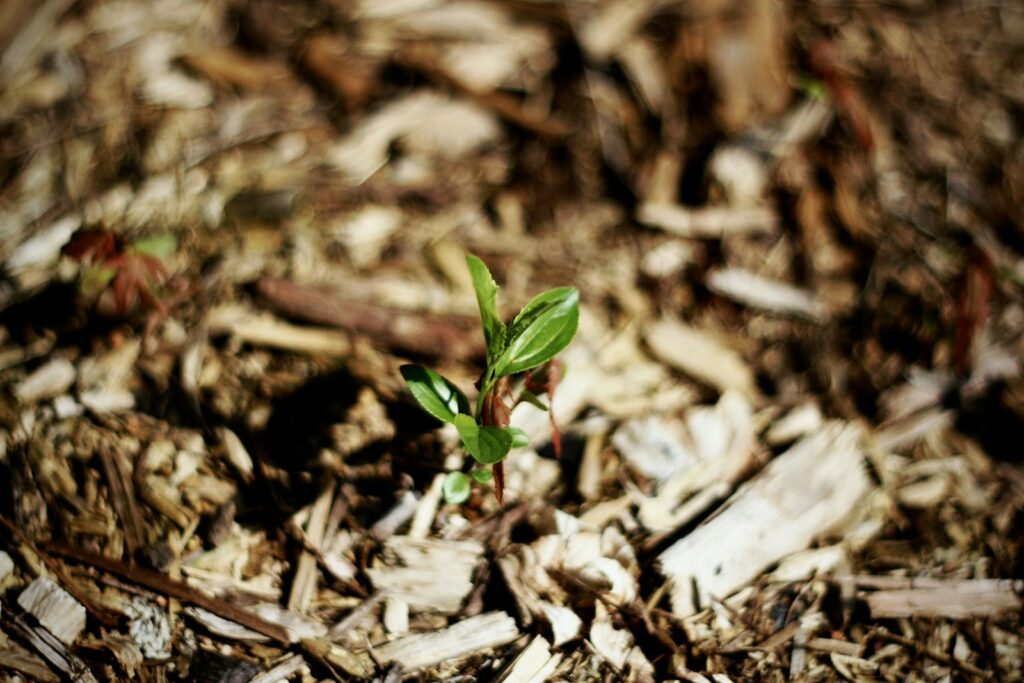
Cyprus mulch stands as one of the most recommended substrates in the ball python community, and for good reason. This wood-based substrate excels at humidity retention, making it especially valuable for maintaining the 50-60% humidity levels ball pythons require. The natural appearance of cyprus mulch creates an aesthetically pleasing enclosure that mimics elements of the snake’s natural environment. One significant advantage is that it’s resistant to mold growth compared to other wood products, though it’s not completely immune in very wet conditions. When purchasing cyprus mulch, look specifically for reptile-safe varieties that are free from fertilizers, pesticides, and aromatic oils that could harm your snake. The slightly higher cost compared to some alternatives is generally outweighed by its longevity and performance.
Coconut Husk and Fiber Products
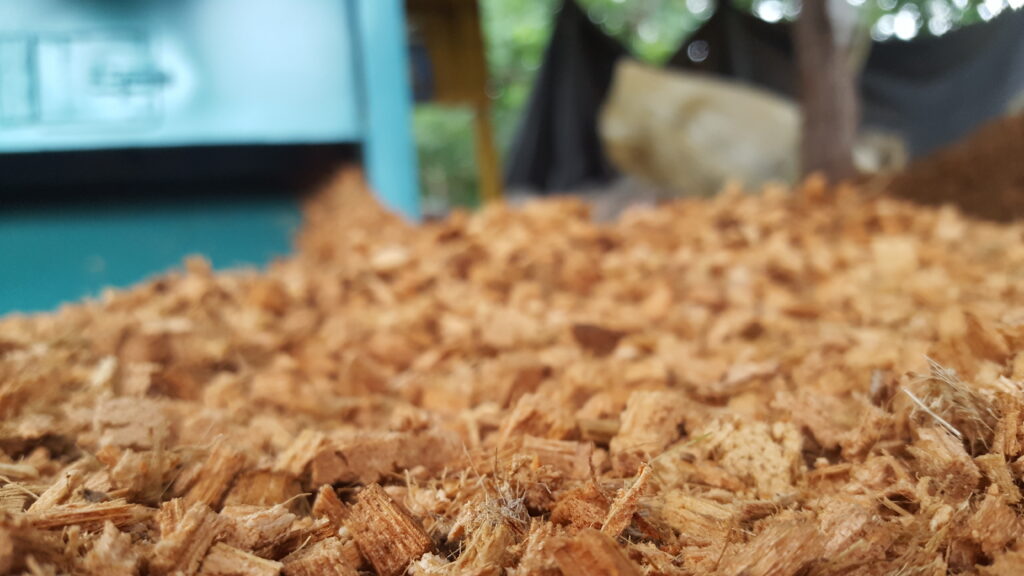
Coconut-based substrates have become increasingly popular options for ball python keepers seeking excellent humidity control. Products like coconut husk chips and coconut fiber (often sold under brand names like Eco Earth or ReptiChip) provide superior moisture retention without becoming soggy or promoting bacterial growth. These substrates are naturally resistant to mold and decomposition, making them both safe and long-lasting in tropical reptile enclosures. Coconut products are also environmentally sustainable, as they’re made from renewable coconut byproducts rather than harvested trees. One practical benefit for owners is that these substrates are relatively lightweight and expand significantly when hydrated, making them economical to purchase and easy to replace. The main drawback is that coconut fiber can sometimes be dusty when completely dry, so light misting is recommended when first introducing it to the enclosure.
Paper-Based Substrates: Practical Solutions

Paper-based options like newspaper, paper towels, and specialized reptile paper products offer highly practical solutions, especially for new snake owners or quarantine situations. The primary advantages of paper substrates are their affordability and ease of complete replacement, making spot cleaning and full enclosure maintenance straightforward. For monitoring health, paper backgrounds make it easy to observe your snake’s droppings and detect potential issues like parasites or digestive problems. Paper towels specifically work well in humid hides where you need easily replaceable moisture-holding material. While lacking the aesthetic appeal and burrowing potential of naturalistic substrates, paper-based options minimize the risk of impaction if accidentally ingested during feeding. When using newspaper, opt for black and white prints only, as colored inks may contain chemicals potentially harmful to reptiles.
Aspen Shavings: Pros and Cons
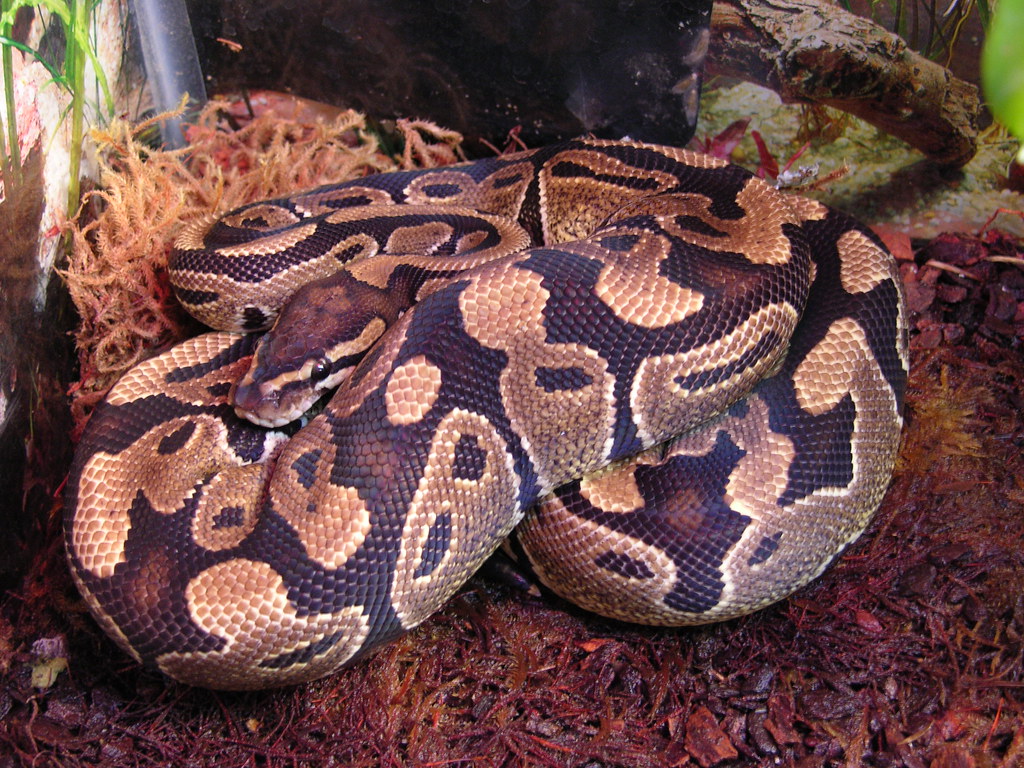
Aspen shavings represent a somewhat divisive substrate choice in the ball python community, with clear advantages for certain setups but significant limitations for others. On the positive side, aspen is highly affordable, widely available in pet stores, and excellent for burrowing due to its lightweight, dry texture that holds tunnels well. Unlike pine and cedar, aspen doesn’t contain harmful phenols that can damage reptile respiratory systems. However, the major drawback is aspen’s poor humidity retention—it tends to mold quickly when wet and doesn’t contribute to maintaining the humidity levels ball pythons require. This makes aspen more suitable for arid species or for keepers who have other methods of maintaining humidity (like automated misting systems or large water dishes). If using aspen, be vigilant about checking the bottom layers for mold growth, especially beneath water dishes or in higher humidity setups.
Reptile-Specific Substrate Blends
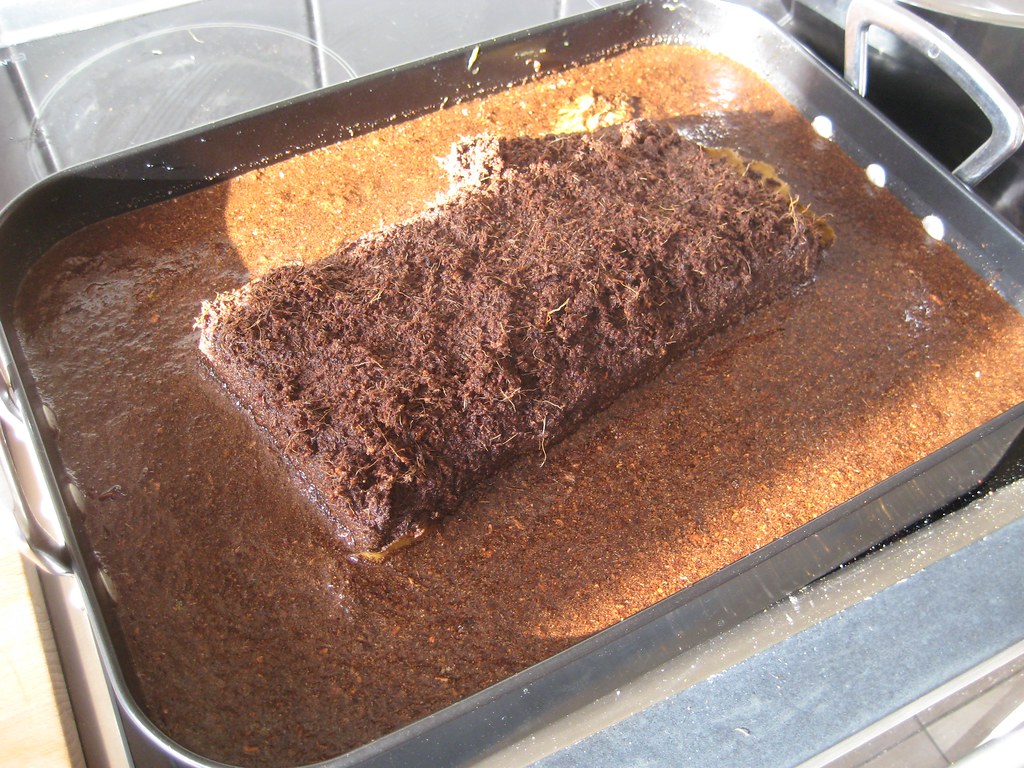
Commercial reptile substrate blends offer convenient, pre-formulated options specifically designed for tropical species like ball pythons. These products, such as Zoo Med’s Forest Floor, Reptichip, or ReptiSoil, typically combine ingredients like coconut fiber, cyprus mulch, and sometimes sphagnum moss to create an optimal balance of humidity retention and drainage. The manufacturer testing behind these products often means they’re calibrated to maintain humidity within appropriate ranges while resisting mold growth. Many blends are also designed to be digestible or pass harmlessly if accidentally ingested in small amounts during feeding. Though typically more expensive than single-material options, these substrates save time mixing your own combinations and often come pre-treated to eliminate parasites or harmful microbes. For beginners or those wanting a reliable “out of the box” solution, quality reptile substrate blends provide peace of mind with minimal guesswork.
Bioactive Substrates: Advanced Options
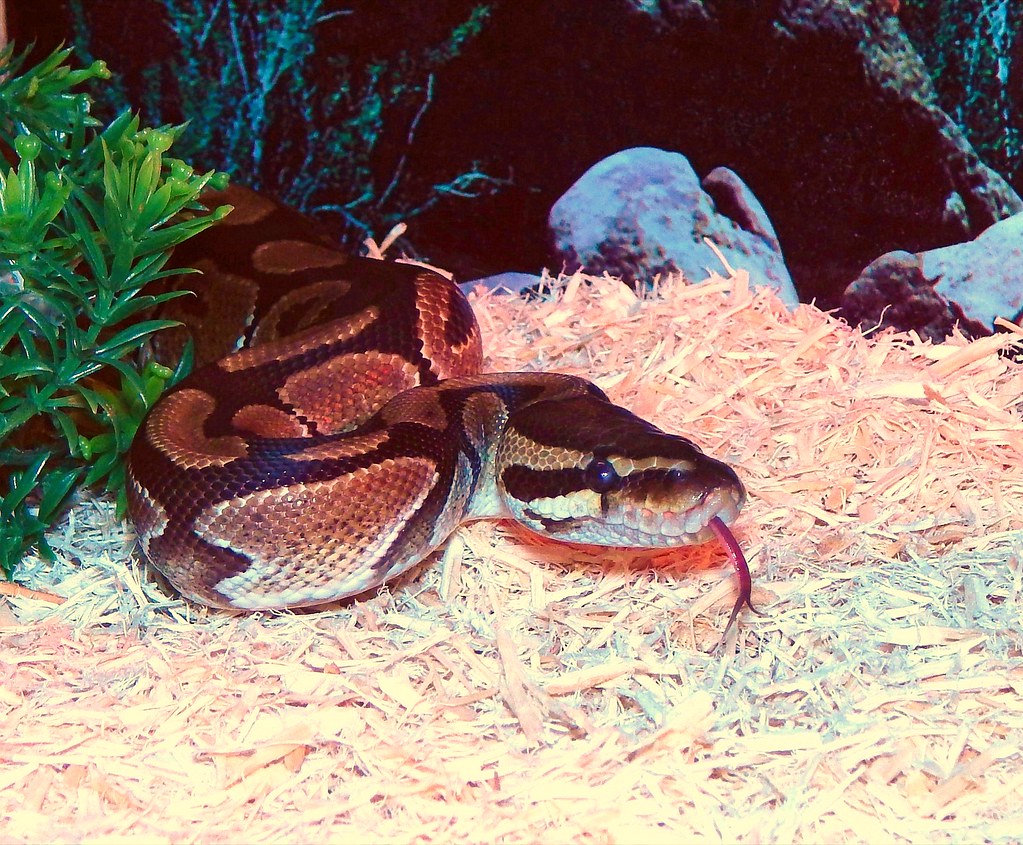
Bioactive substrates represent the most naturalistic approach to ball python husbandry, mimicking the complex soil ecology of their native environment. These sophisticated systems combine multiple substrate layers with live plants and beneficial microorganisms (including springtails and isopods) that break down waste naturally. A proper bioactive setup typically includes a drainage layer of lightweight expanded clay pellets, followed by a substrate mix containing topsoil, sand, coconut fiber, and leaf litter. When established correctly, bioactive enclosures require less frequent complete cleanings as the “cleanup crew” of invertebrates processes waste and prevents mold growth. While requiring more initial investment and research, bioactive setups can be more sustainable long-term and provide enriching environments that encourage natural behaviors. The complexity of these systems makes them best suited for experienced keepers willing to maintain the delicate ecosystem required for success.
Substrates to Absolutely Avoid
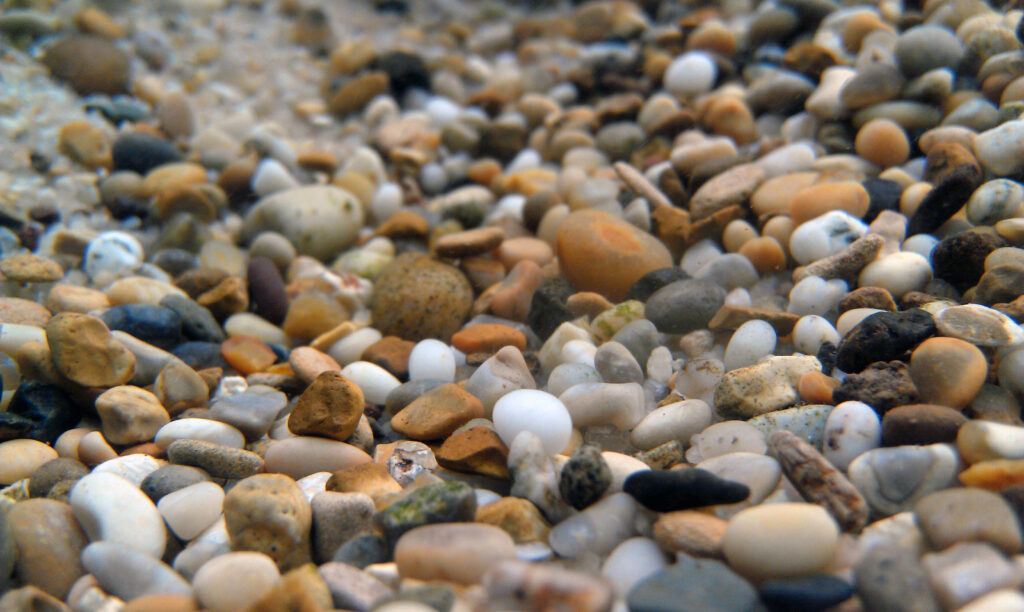
Several substrate materials pose serious health risks to ball pythons and should never be used in their enclosures, regardless of convenience or cost. Cedar and pine shavings contain aromatic oils and phenols that can cause severe respiratory damage, liver problems, and even death in reptiles when inhaled over time. Sand presents a significant impaction risk if accidentally ingested during feeding, potentially leading to intestinal blockages requiring surgical intervention. Walnut shells and corn cob bedding, while sometimes marketed for reptiles, have sharp edges that can cause intestinal damage if ingested and provide perfect environments for bacterial growth when wet. Gravel and small stones should be avoided for similar impaction concerns and their inability to maintain proper humidity. Cat litter, especially the clumping variety, contains chemicals harmful to reptiles and can cause deadly blockages if ingested. Always research any substrate thoroughly before introducing it to your ball python’s habitat.
Addressing Humidity Concerns
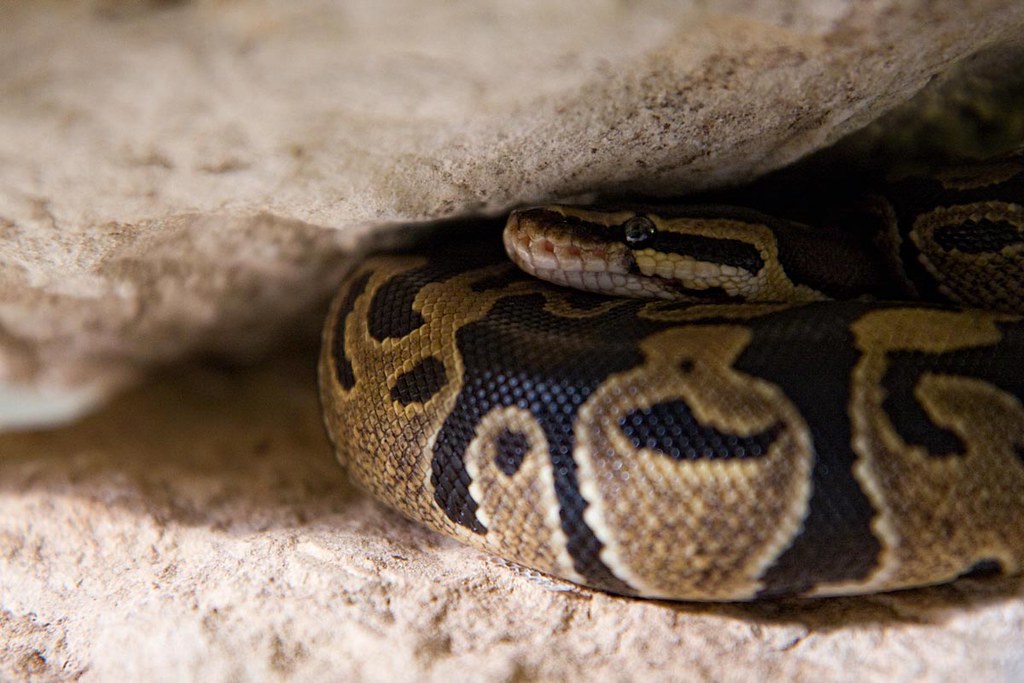
Maintaining appropriate humidity levels between 50-60% (with temporary increases to 70% during shedding) represents one of the most challenging aspects of ball python husbandry, and substrate selection plays a crucial role in this balance. Substrates with excellent humidity retention like coconut fiber and cyprus mulch can be strategically dampened by pouring water into the corners of the enclosure, allowing it to slowly evaporate and raise ambient humidity. For enclosures with screen tops that quickly lose humidity, covering a portion of the top with aluminum foil or acrylic can help retain moisture. Creating a humidity gradient allows your snake to self-regulate by moving between moister and drier areas of the enclosure. A dedicated humid hide filled with damp sphagnum moss provides an essential microclimate during shedding periods without requiring the entire enclosure to maintain high humidity levels that could promote bacterial growth.
Substrate Depth Guidelines
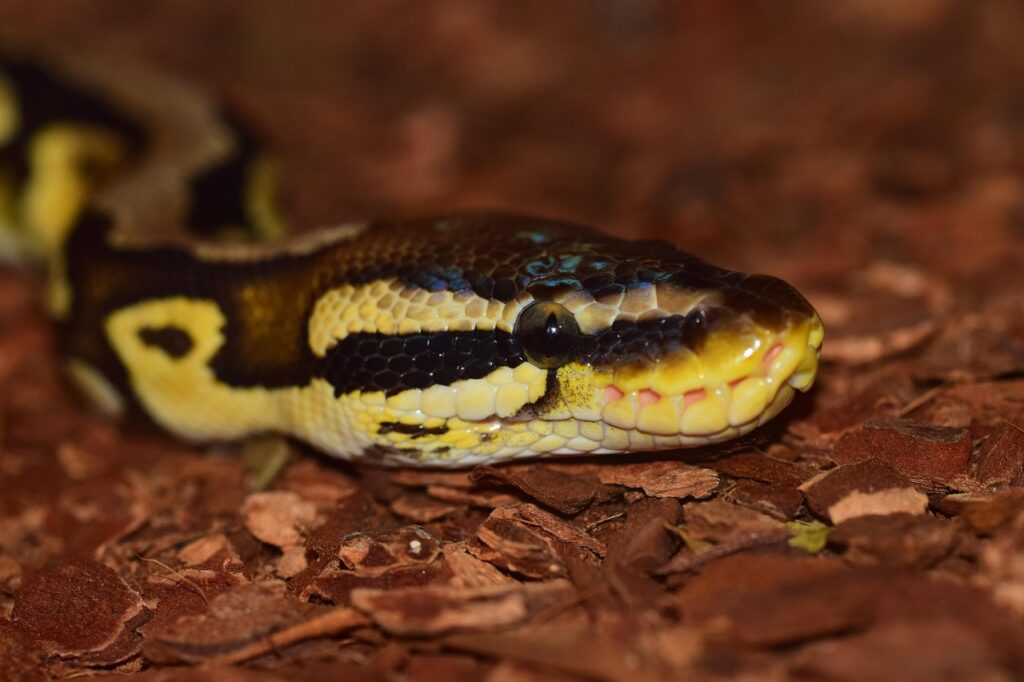
The appropriate depth of substrate in a ball python enclosure varies based on the type of material and your specific setup goals. For paper-based substrates like newspaper or paper towels, a single layer is sufficient as these materials serve primarily as a protective barrier rather than a burrowing medium. For naturalistic substrates like cypress mulch or coconut husk, a minimum depth of 2-3 inches provides adequate coverage while allowing your snake to engage in natural burrowing behaviors. Bioactive setups typically require the greatest depth, with 4-6 inches of substrate needed to support plant root systems and maintain the microfauna ecosystem. When using any loose substrate, ensure that the layer is deep enough that your snake cannot contact the bare floor of the enclosure when burrowing, which could cause stress or abrasions. Remember that deeper substrate layers generally maintain humidity better but require more material and increase the total weight of the enclosure.
Cleaning and Maintenance Considerations
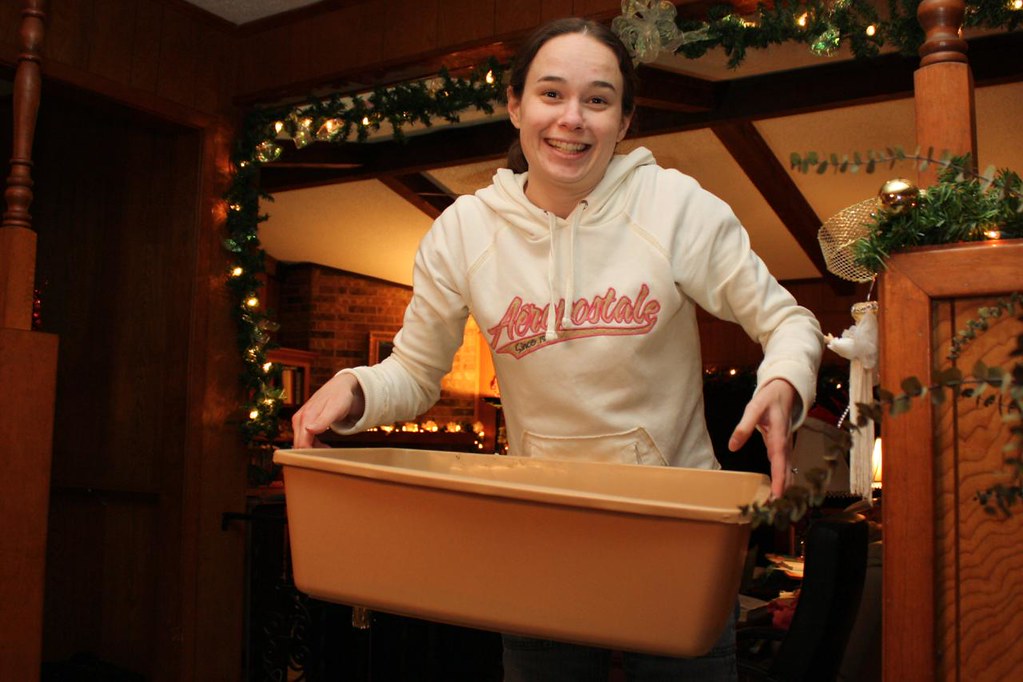
Different substrate types require varying approaches to cleaning and replacement, which should factor into your selection process. Paper-based substrates need complete replacement whenever soiled, typically every 1-2 weeks, making them higher maintenance but very hygienic. Wood products and coconut substrates allow for spot cleaning (removing waste and soiled areas) while leaving the bulk of the material in place for 1-3 months before complete replacement. For any substrate, removing waste promptly prevents bacterial growth and odor development. Most naturalistic substrates benefit from occasional stirring to prevent compaction and ensure even moisture distribution. Bioactive setups require the least frequent complete changes, with some well-established systems running for a year or more with only occasional top-ups of fresh material. When replacing substrate completely, this presents an ideal opportunity to thoroughly disinfect the entire enclosure with a reptile-safe cleaner like chlorhexidine or diluted bleach solution (thoroughly rinsed and dried before reintroducing substrate).
Substrate and Feeding Practices
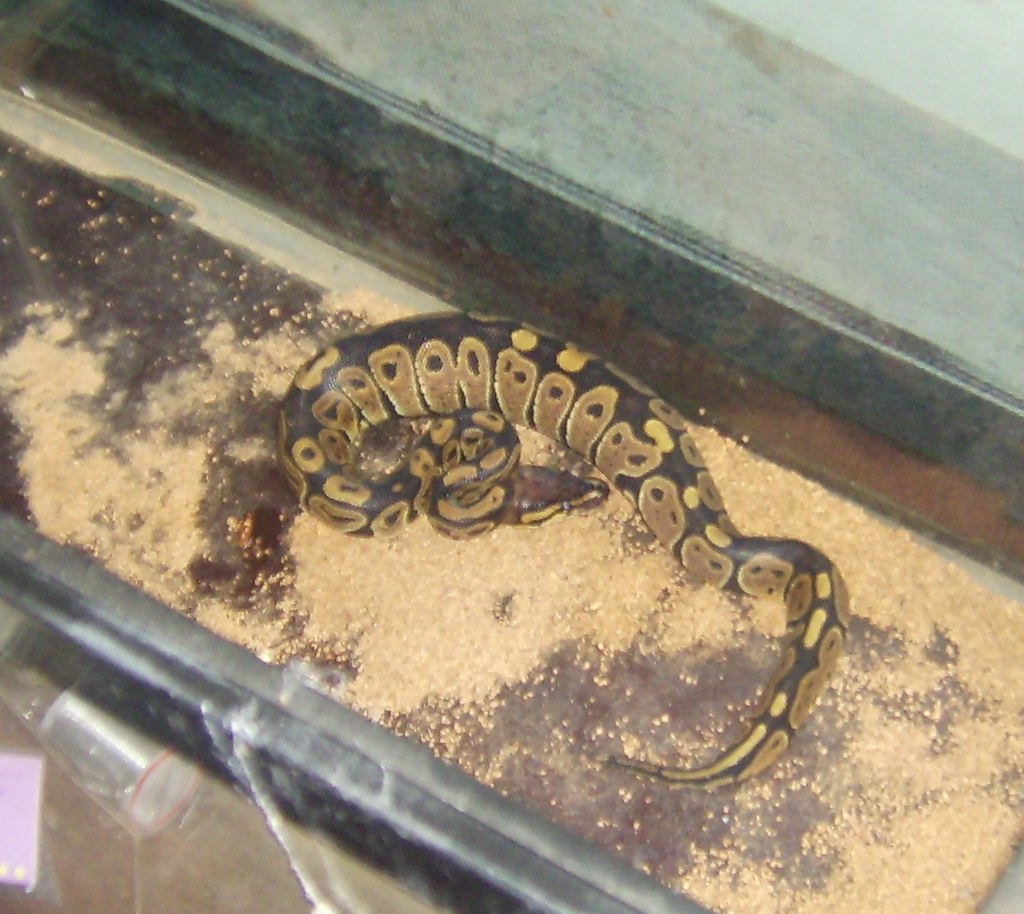
The relationship between substrate choice and feeding practices deserves special consideration, as certain materials pose ingestion risks during feeding. Loose, particulate substrates like cypress mulch, aspen, or coconut husk can potentially be accidentally consumed when a snake strikes at prey, particularly with live or freshly thawed food that may drag across the substrate. To minimize this risk, many keepers feed their ball pythons in a separate feeding container free of substrate or use feeding tongs to present prey items away from the enclosure floor. For those who prefer feeding in the main enclosure, placing a feeding dish or flat surface like a paper plate under the prey can create a barrier between food and substrate. If using loose substrates, monitor your snake for any signs of impaction after feeding, such as unusual bulges, constipation, or regurgitation. Paper-based substrates eliminate most ingestion concerns, making them particularly suitable for young snakes or individuals with aggressive feeding responses.
Cost Analysis: Budget vs. Premium Options

The financial aspect of substrate selection ranges considerably, from nearly free options to premium materials that represent a significant investment. At the most economical end, newspaper costs virtually nothing and provides basic functionality, while paper towels represent a slight step up in both price and absorbency at roughly $1-2 per enclosure change. Mid-range options include aspen shavings ($10-15 for a large bag) and basic cypress mulch ($15-20), though the latter lasts significantly longer between changes. Premium options like specialized reptile substrate blends ($20-30 per bag) and bioactive components ($50-100 for a complete setup) represent the highest initial investment but often prove economical over time due to their longevity. When calculating the true cost of substrate, consider not just the purchase price but the replacement frequency—a more expensive substrate that needs replacing every three months may ultimately cost less than a cheaper option requiring weekly changes. Additionally, factor in the potential veterinary costs associated with respiratory issues or impaction that could result from inappropriate substrate choices.
Finding the Right Balance for Your Snake
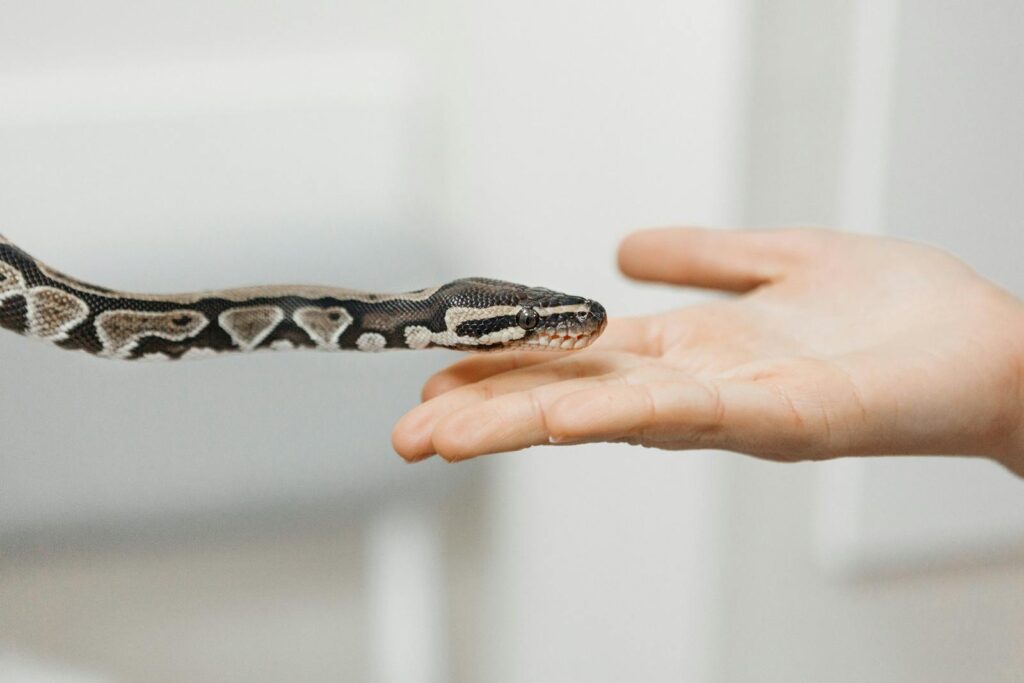
The ideal substrate solution often involves finding the perfect balance between your ball python’s specific needs, your maintenance preferences, and practical considerations like local availability and budget. Many experienced keepers eventually develop custom substrate mixes that combine the benefits of different materials—for example, blending cypress mulch with coconut fiber for optimal humidity retention while maintaining structural integrity. Consider your local climate when selecting substrate; those in naturally humid environments may need less moisture-retentive materials than keepers in arid regions. Your snake’s individual health history should also inform your choice, as specimens with previous respiratory issues may benefit from ultra-clean paper substrates, while those with perfect shedding records might thrive in more naturalistic setups. Remember that substrate needs may change seasonally or as your snake ages, so remain flexible and observant of how your ball python interacts with its bedding. The best substrate is ultimately the one that keeps your specific snake healthy, comfortable, and displaying natural behaviors.
Choosing the right substrate for your ball python requires balancing humidity needs, safety concerns, aesthetic preferences, and practical maintenance considerations. While cypress mulch and coconut-based products generally offer the best combination of benefits for most keepers, each situation is unique. By understanding the properties of different substrate options and avoiding potentially dangerous materials, you can create an enclosure environment that promotes your snake’s physical health and natural behaviors. Remember that substrate is just one component of proper husbandry—when combined with appropriate temperature gradients, secure hides, and correct feeding practices, the right substrate helps create a thriving habitat where your ball python can live a long, healthy life.


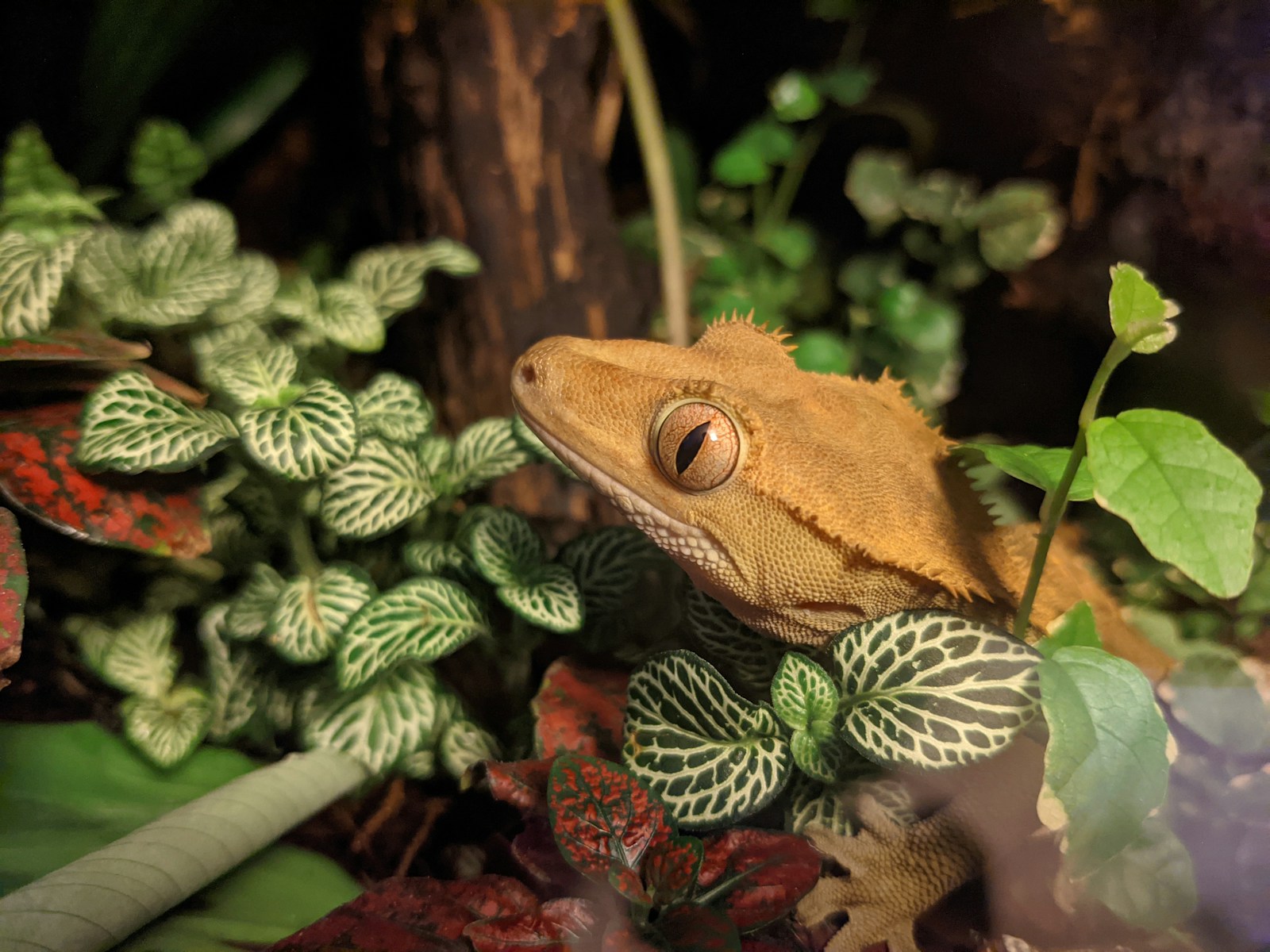
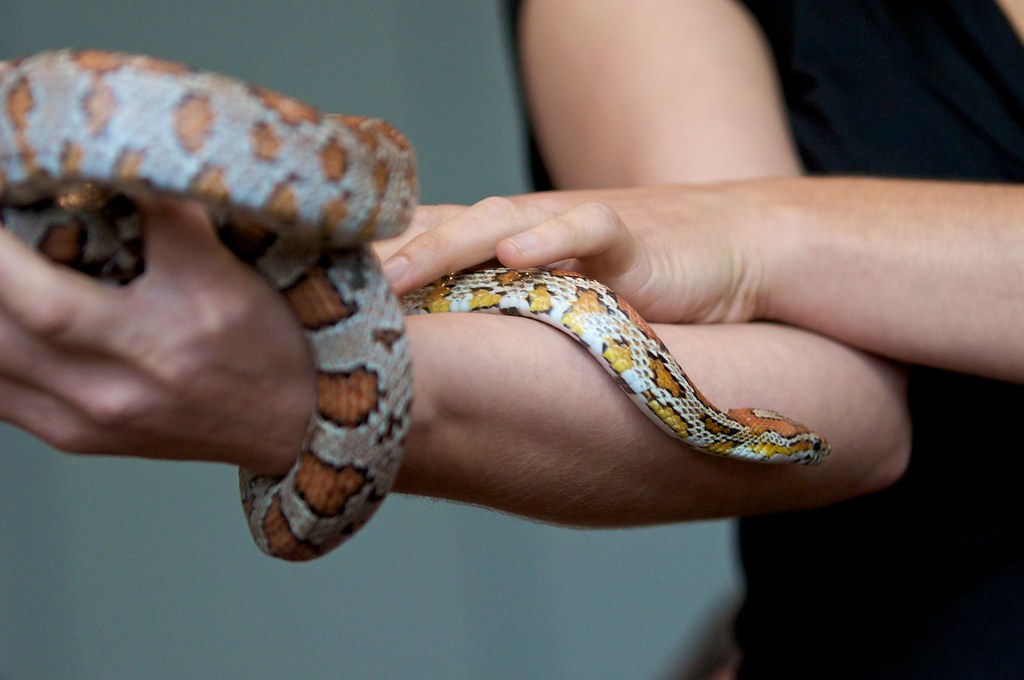
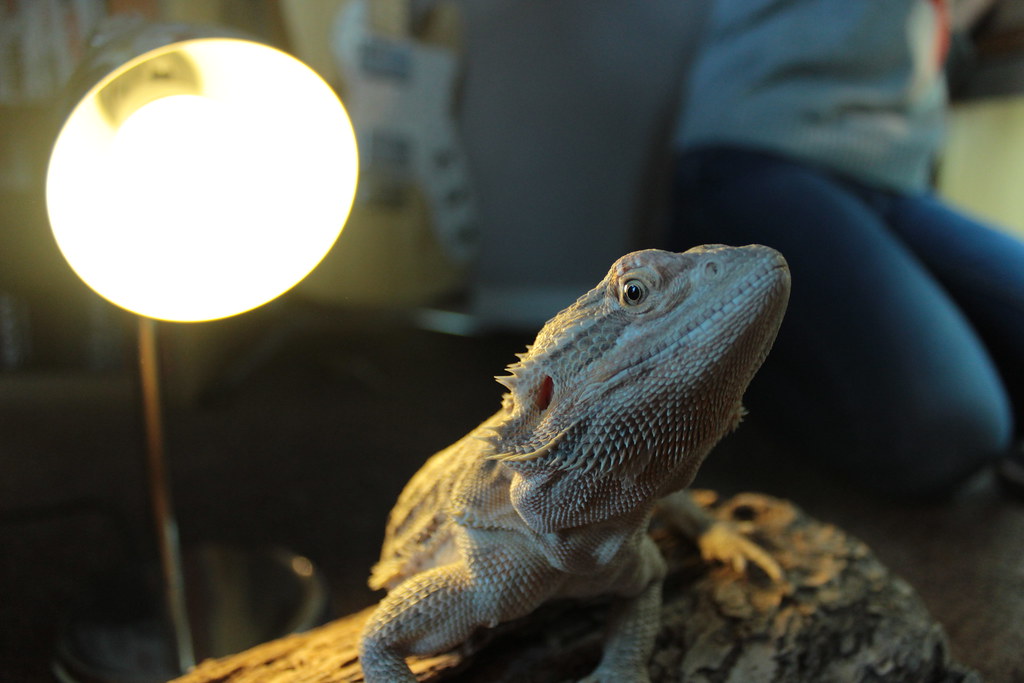
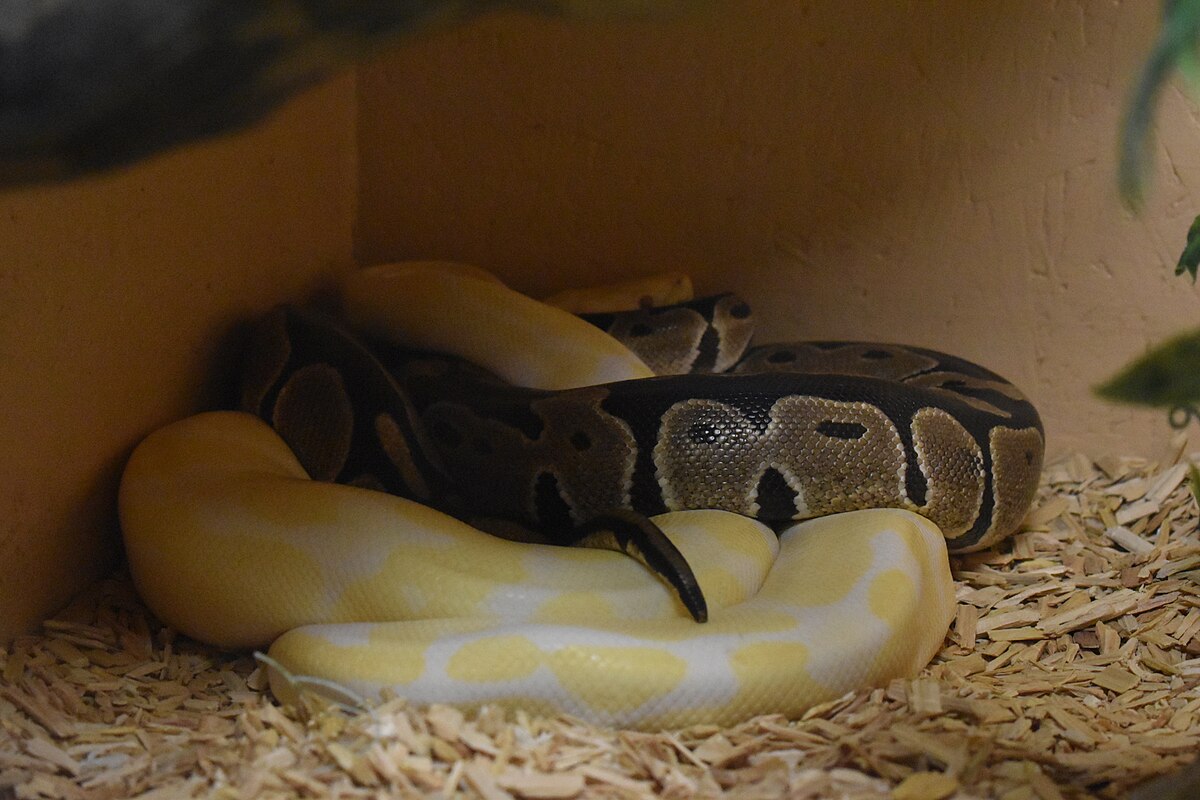
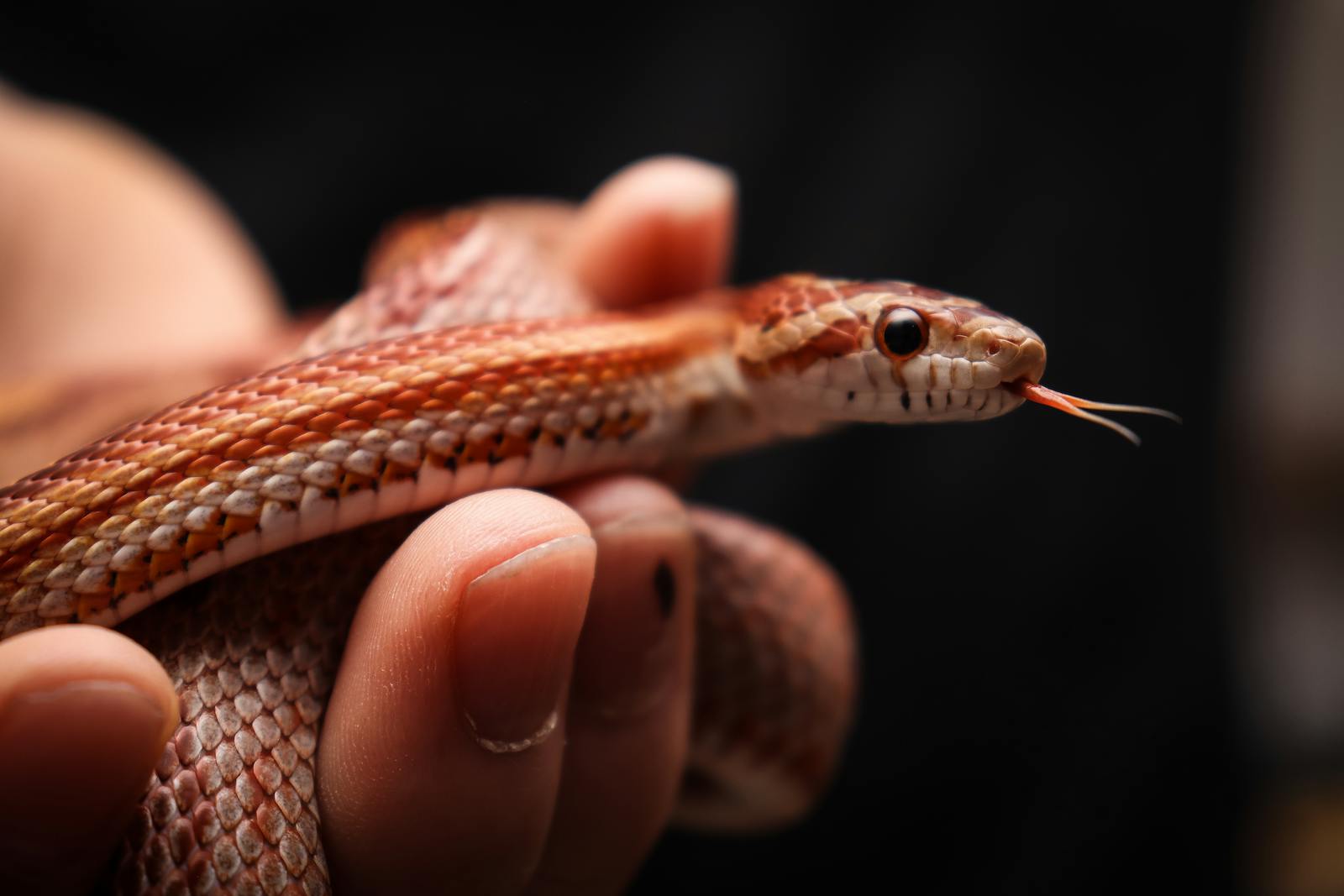
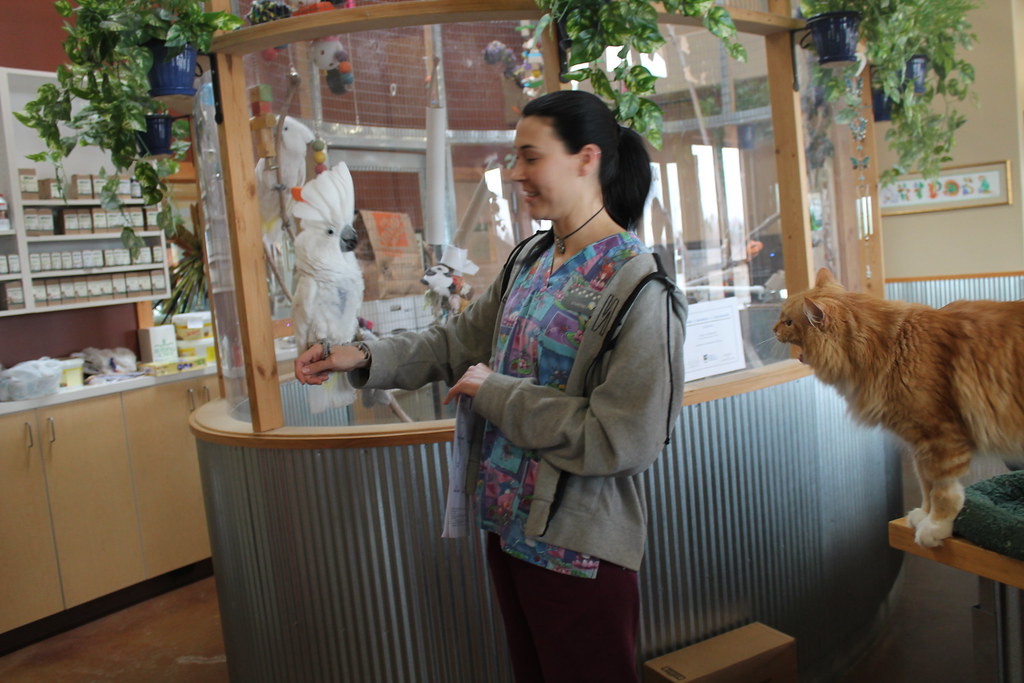
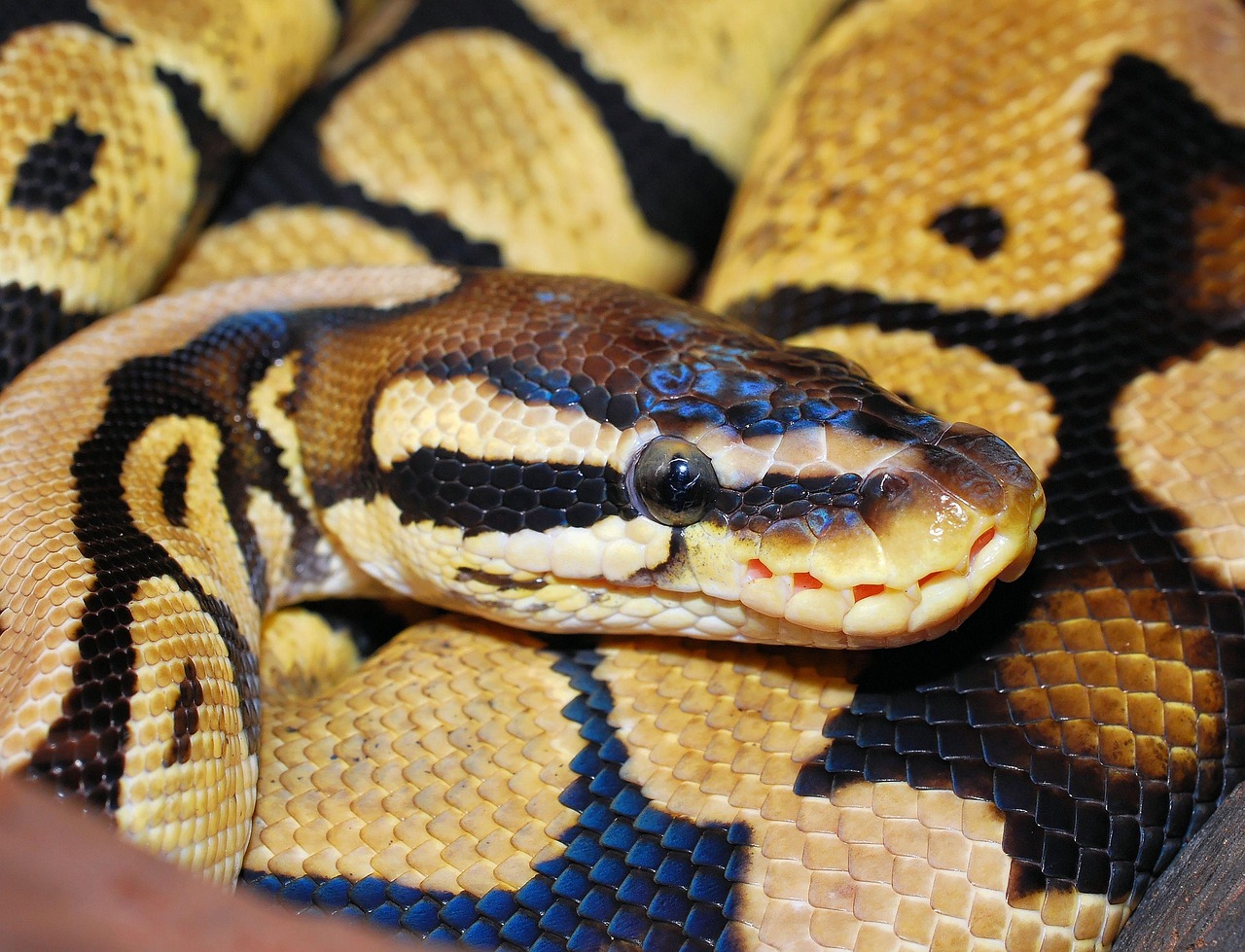




Leave a Reply